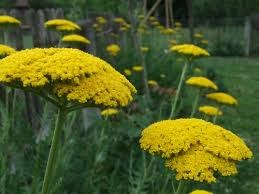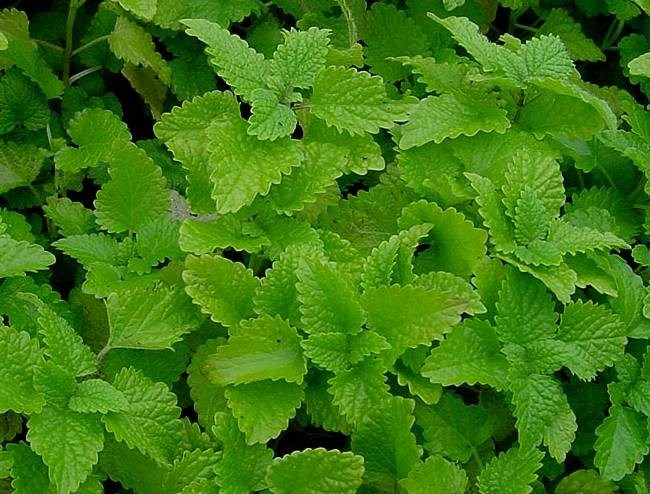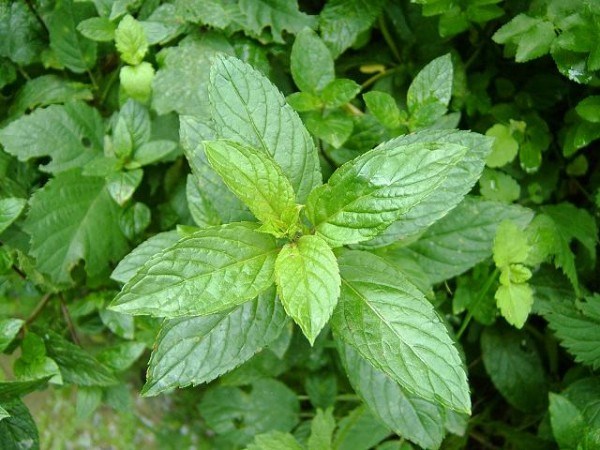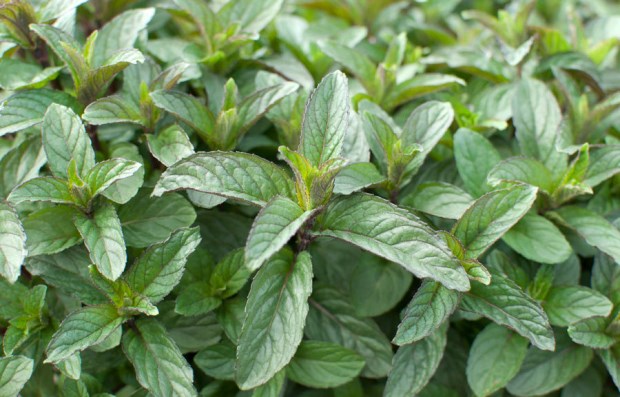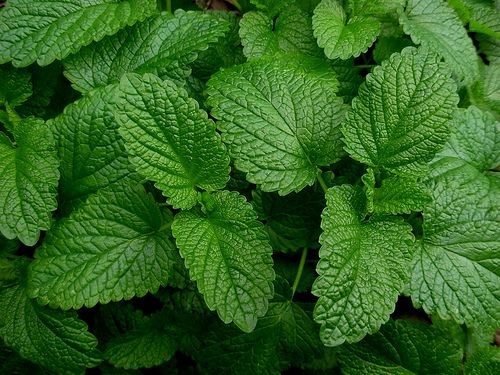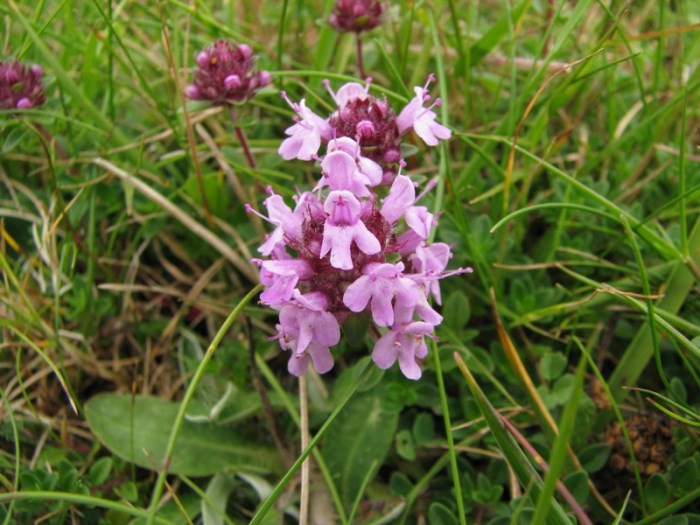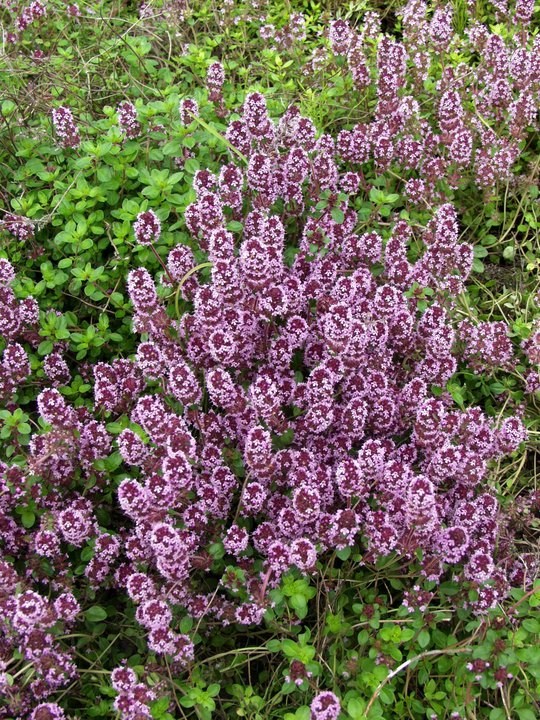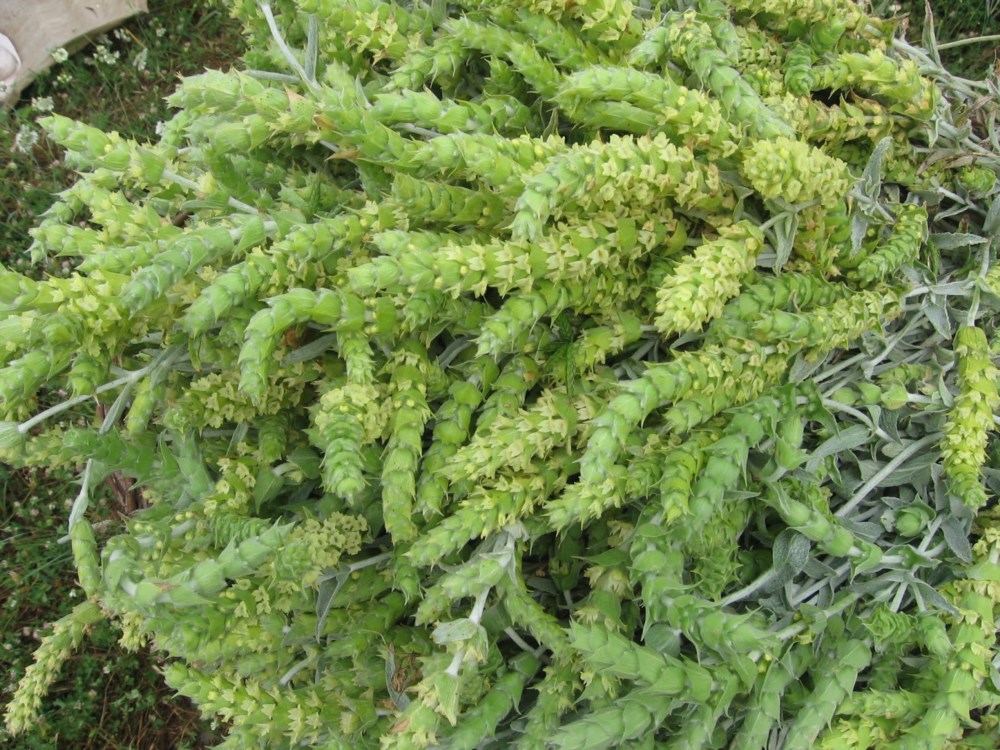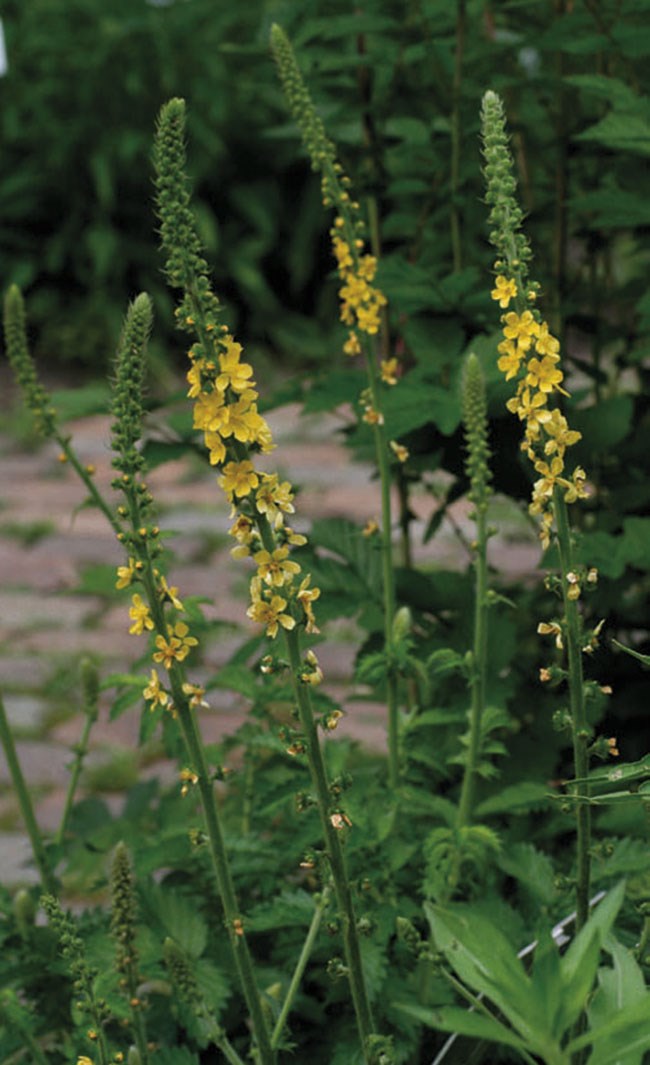Herbs and teas
White Yarrow
The herb, the flower with the leaves, are collected during their blossoming, in the period from May until September. One can see this herb quite often during their walks around the meadows and in Pehchevo’s surrounding. This herb is useful for internal and external use. It helps in mending wounds, asthma, mucosa inflammation, during various skin irritations, and at the same time, it increases the appetite. It is best used fresh, dried or stored in glass jar with olive oil.
Yellow Yarrow
In the phytotherapy there is no official use of it. The people use it for some diseases, however, without proven healing properties and effects.
St. John’s wort (red)
The red St. John’s wort is annual or perennial plant, around 20-40 cm high. The plant is straight, with not so densely branched body, with tiny pink or white flowers gathered at the top of the herb. The red St. John’s wort grows both in dry and humid places, in woods, meadows, pastures and other places. The upper part is collected and used as a medicine, it has bitter taste, however, same as the other bitter herbs, it has an aperitif effect for healing the stomach, the intestines and the gall. It improves the appetite and the gall’s function, the liver, it improves the blood condition and it creates a defensive mechanism in the body.
Wild mint
The wild sorts of mint (Mentha arvensis and others), as well as the tame ones, are used for preparation of tasty and healthy tea, which helps when many diseases occur. The wild mint tea is useful for headache, stomach problems, insomnia, weakness and fatigue, cold and cough. In the traditional medicine the wild mint has proven itself as a natural remedy during: stomach-related diseases, lung diseases, nervousness, biliary system diseases, intestines’ diseases, liver diseases, etc. The wild mint can be used in the diet as a spice and it is often added in many meals, since it improves the indigestion.
St. John’s wort (yellow)
The yellow St. John’s wort is a perennial herb with yellow flowers gathered at the upper parts. This part is used for therapy, as well as the flowers. It blossoms all summer, and it can be collected from June until August. It is used for curing depression and migraine, gastritis, skin wounds and colds.
Breckland thyme
The breckland thyme is a perennial plant with purple-red flowers. It blossoms in June and July, sometimes up until September. The blossomed parts are used, which should be cut without damaging the lower, wood-like part of the herb. The breckland thyme needs a lot of sun and heat and therefore it can be found on dry rocky areas and mountain pastures, where the soil is warm. The breckland thyme has anti-inflammatory, anti-microbial function and it is used for treatment of inflammation of the lungs and the airways.
Mellissa/Lemon Balm
The Melissa tea is the choice for overcoming the stressful situations, depression relief, the irregular menstrual cycles, as well as the headache caused by nervousness and stress. Apart from that, this herb improves the memory, it strengthens and heals the heart, has antibacterial properties and helps in mending the skin wounds.
Sideritis/Ironwort
The sideritis is an annual plant, which can be often found in our country. It mostly grows on higher altitude, in dry areas and sandy soils. It blossoms from the end of May until August, depending on the altitude. It can be found mostly at the high mountain pastures, more often above 1500m altitude. It can be used as a remedy against flu, colds, inflammations, bacteria and for strengthening the immune system.
Rules at Adventure Park Panorama